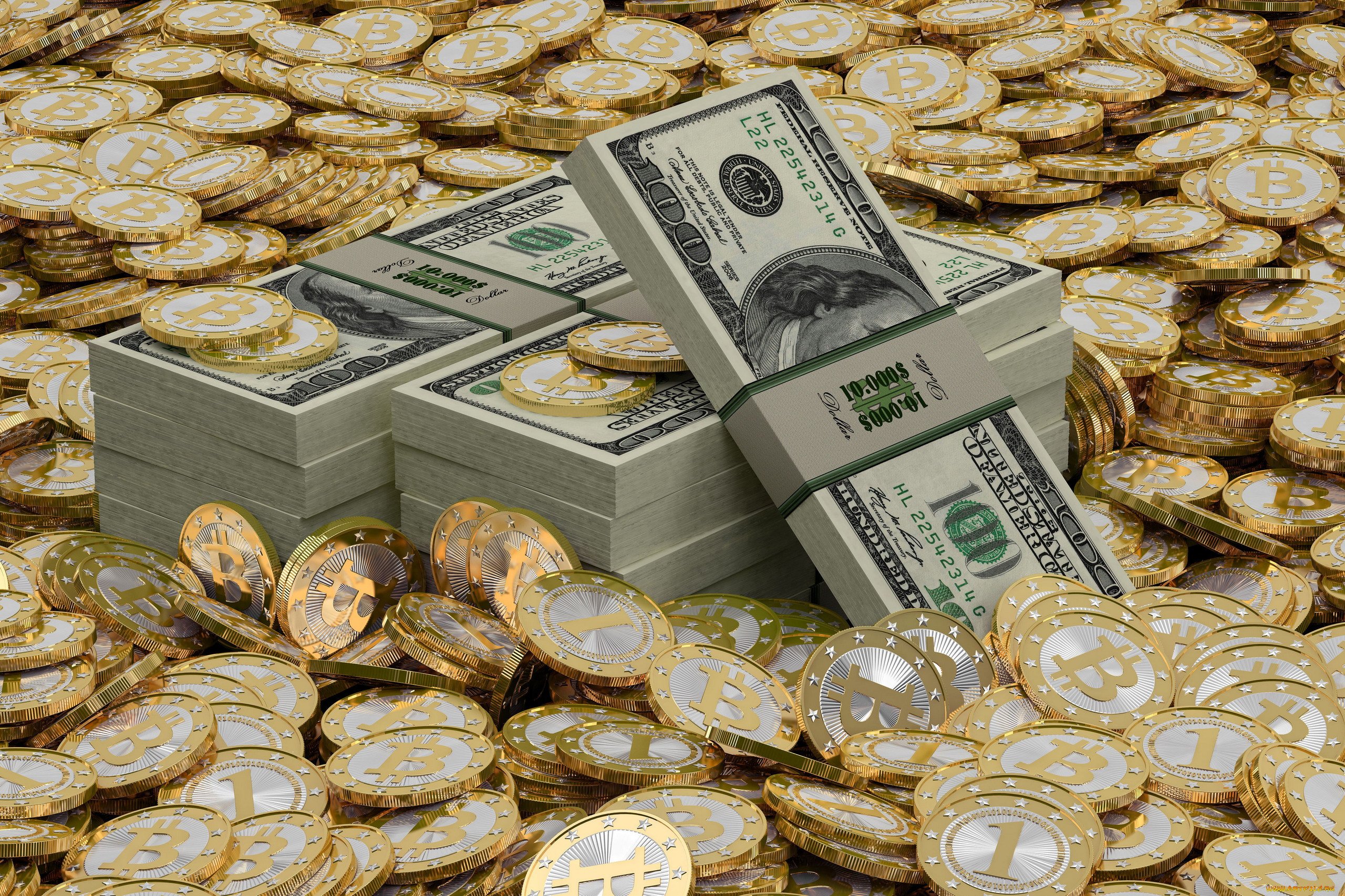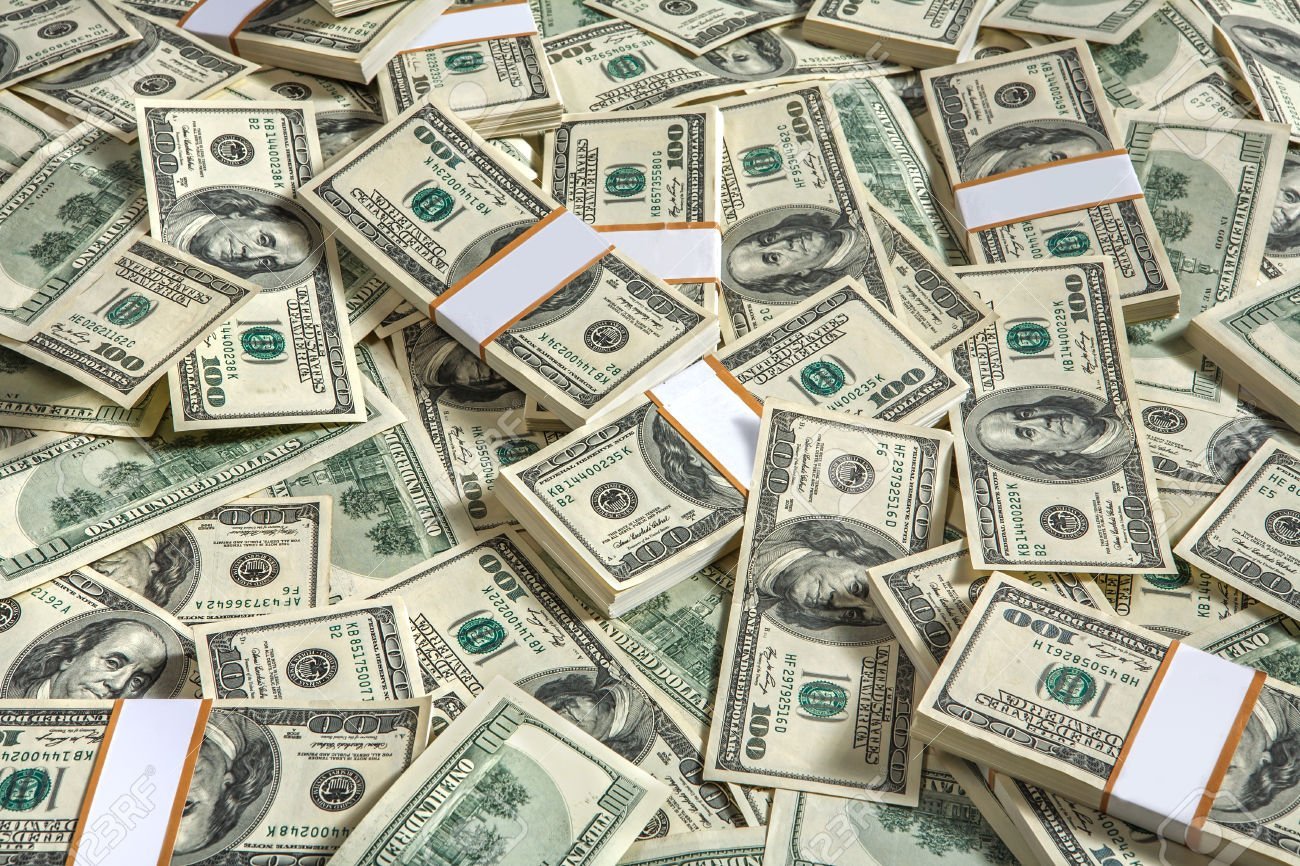We used to think of coins and bills as money, but today money does not necessarily have to ring or crunch. Where does money come from in today’s world, who controls its quantity, and how much should there be in the country?
How did money come to be?
Shells, skins and horns of killed animals, tea, silk, wheat, cacao beans – all these things at different times and in different parts of the world performed (and in some places still do) the role of money. If you are interested in the history of the development of the monetary system open https://telegram-store.com/catalog/product-category/channels/economics.
Where does money come from?
In Russia, money is issued by the Bank of Russia. It estimates how much cash the economy needs, and then starts producing the necessary amount of banknotes and coins. Banknotes are printed and coins are minted at the request of the Bank of Russia by a special state company, Goznak (coins are minted by the mints in Moscow and St. Petersburg).
What is money (banknotes, coins) made of in Russia?
The Bank of Russia counts the amount of issued money and predicts how much will be needed in the future. It not only forecasts the exact amount of money to be printed but also plans to buy it: how many banknotes of 5000 rubles and how many of 100 rubles, which ones to deliver to Surgut oilmen and which ones to the southern regions.
How can one check the authenticity of banknotes?
Meanwhile, the money that exists physically (cash) is only a part of all the money in the country. The rest of the money is non-cash – records in the bank accounts of people and companies. Where does this money come from? Commercial banks create it.
How do commercial banks create money?
Let’s say you open a deposit in a bank, put your money on it – 100,000 rubles. They don’t stop being yours, you can withdraw them at any time, but the bank pays you interest for using them, for instance lending 90,000 to another person. In other words, the amount of money has increased, but you don’t actually have more money. You keep your 100,000 on deposit and receive interest. The bank customer spends the 90,000 you gave him on credit and pays interest on it.
What does the amount of cash in the economy depend on?
Cash is only a fraction of all the money in the country. Their quantity depends:
- on how developed and widespread modern payment instruments are (bank cards, mobile and Internet payments);
- infrastructure (is there enough ATMs, payment terminals and devices for accepting payment cards);
- the size of the economy and its needs;
- attitude to cash in the country.
People have different attitudes to cash in different countries.
In Switzerland, due to tradition and psychology, citizens love cash. There are many stories about Swiss people who keep large sums of money at home. For example, the story of how a mansion burned down, and with it a huge amount of money hidden behind the fireplace. But the story has a happy ending: the charred remnants of bills were reconstructed by numbers, and the Swiss Central Bank returned the money to the owner.
In Sweden, residents are indifferent to ringing coins; they use less and less cash. Today, more than 95% of all retail purchases by Swedes are made cashless, through electronic payments.
Every year the need for cash is decreasing, which is a global trend. Modern payment instruments, such as payment cards or cell phones, are developing. For example, more and more people in our country are paying non-cash, at the beginning of 2008 Russian banks issued about 100 mln cards, and by the end of 2019 – 280 mln.
What is electronic money?
E-money is a type of non-cash money that is held in a bank account. With prepaid cards or e-wallets, they can be used to pay for goods and services, including on the Internet. They are convenient and facilitate transactions because they do not require the client to open a bank account.
And how much money should there be in the country?
There is no exact figure, and it doesn’t matter. What matters is the dynamics, the rate at which the amount of money increases or decreases. As a rule, the amount of money (the so-called money supply, the totality of all the money in the economy) in a country grows during an economic boom, while it decreases during a recession.
For example, in Russia in 2008-2009, during the crisis, there was a huge contraction of the money supply. In a normal situation and with the normal development of the economy, the amount of money is growing. The more actively the economy develops, the more it requires money.
But there may also be a surplus of money. The central bank keeps track of the amount of money in the country: if the rate of growth of the money supply exceeds what it predicted, then there is a risk that inflation is not kept. Why is there more money? Did the economy not absorb the money, or was there an accidental release of money? That is exactly what the central bank deals with.
As a rule, for a country’s central bank, the amount of money is not a critical, but important indicator of the state of the economy. The bank has no task to manage the money supply, it does not need to be artificially limited or increased, it is determined by the economy.



